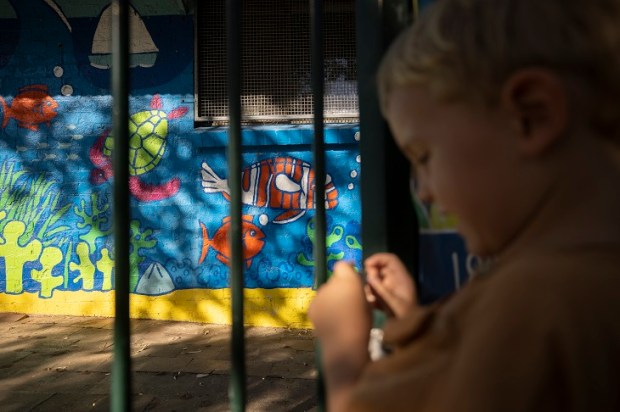Regensburg Cathedral School in Bavaria was founded in 975. For a thousand years, it only admitted male pupils. In 2022, it had its first intake of girls. This is part of a worldwide trend in secondary education.
In 2022, Catholic Independent St Kilda’s Boys, founded in 1878, was ‘re-imagined to incorporate its renewed vision’.
Already a subscriber? Log in
Subscribe for just $2 a week
Try a month of The Spectator Australia absolutely free and without commitment. Not only that but – if you choose to continue – you’ll pay just $2 a week for your first year.
- Unlimited access to spectator.com.au and app
- The weekly edition on the Spectator Australia app
- Spectator podcasts and newsletters
- Full access to spectator.co.uk
Or


























Comments
Don't miss out
Join the conversation with other Spectator Australia readers. Subscribe to leave a comment.
SUBSCRIBEAlready a subscriber? Log in